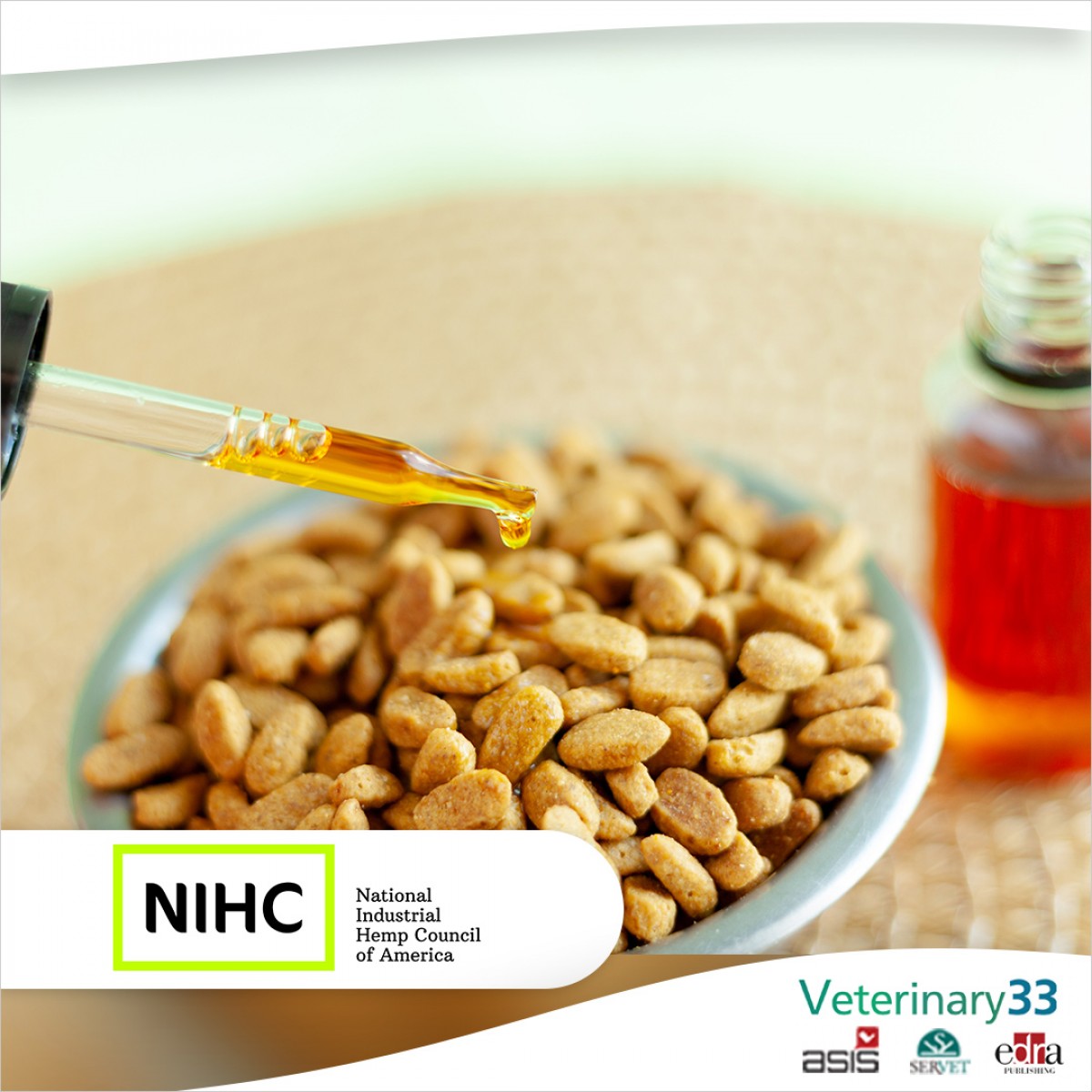NIHC argues for hemp in animal feed
by Katie Pfaff
The National Industrial Hemp Council of America has suggested the inclusion of hemp into animal feed. The hemp member organization, NIHC, sent two letters: once each to the FDA’s Center for Veterinary Medicine and the Association of American Feed Control Officials (AAFCO) requesting a webinar with the organizations as well as USDA to begin a discussion about allowing for hemp in animal feed.
The letter also provided research information about the safety of hemp in the animal feed supply chain in the US, according to NIHC.
“We believe that there is a clear solution and path forward to the approval of hemp feed through the utilization of existing research and the establishment of appropriate agency barriers,” said Hunter Buffington, a member of NIHC's Government Affairs Committee. “It is incredibly disappointing that some choose to create confusion over feed ingredients versus animal supplements at the expense of American ranchers and farmers who need a safe, affordable and nutritious supply of animal feed that hempseed provides.”
The letters followed action by AAFCO and additional animal feed and animal nutrition groups, and veterinarians to stop the inclusion of hemp in feed. The collaborative groups asked states to no longer pass legislation allowing for hemp in feed. FDA-CVM also called for research pointing to hemp’s safety be conducted only within the US, a request that would exclude decades of research, according to NIHC.
"At a time when the global supply chain has been so severely disrupted, hemp as a commodity can be an answer," said Buffington. "There is no reason homegrown hemp can't support the American livestock industry."
NIHC offered information to clarify hemp’s use in animal feed, namely that hemp cannot create cannabinoids and is separate from CBD. Further, NIHC suggested that FDA-CVM give priority to ingredient approvals for AAFCO and create a pathway for ingredients that utilize existing research, that research be applicable if conducted in the US before 2014 when a bill allowed hemp to be researched in the US, that regulatory agencies collaborate to speed approval of existing methods to measure cannabinoids in seed and to measure transference in by-products, and that FDA-CVM set limits for cannabinoids in seed products.














List
Add
Please enter a comment